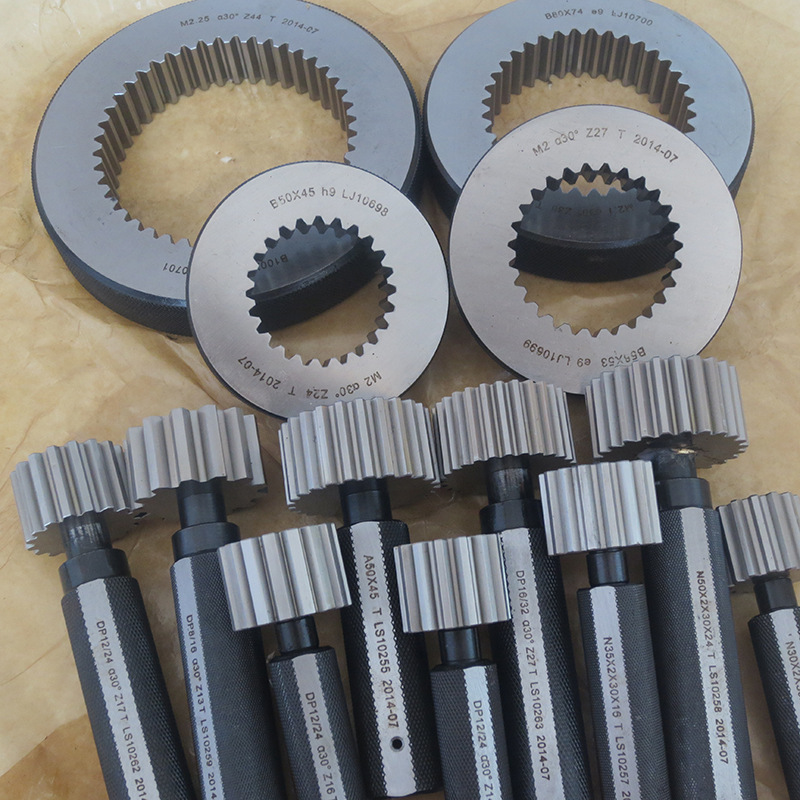lis . 15, 2024 22:02 Back to list
types of control valves and their applications
Types of Control Valves and Their Applications
Control valves are vital components in numerous industrial processes, as they regulate the flow, pressure, and temperature of fluids within a system. By doing so, they ensure optimal functioning and safety of equipment. Understanding the various types of control valves and their applications is crucial for engineers and operators across sectors like oil and gas, water treatment, HVAC, and many more.
One of the most common types of control valves is the globe valve. Known for its excellent throttling capabilities, globe valves have a spherical body shape that allows for smooth flow regulation. They are suitable for high-pressure applications where precise control is paramount. Industries often utilize globe valves in steam, water, and gas systems.
Another prevalent type is the ball valve, characterized by its spherical disc that controls flow. Ball valves provide a quick shut-off feature and are often used in applications that require tight sealing and minimal flow resistance. These valves are common in the oil and gas sector, chemical processing facilities, and in household plumbing systems due to their durability and reliability.
The butterfly valve is another efficient control valve, featuring a rotating disc that regulates flow. They are favored for their lightweight design and compact size, which make them ideal for large pipe applications, such as in water distribution systems and HVAC systems. Butterfly valves are particularly useful where space constraints are a concern, and they can effectively handle large volumes of fluid.
types of control valves and their applications

Gate valves, although primarily used as on/off devices, can also serve in control applications where there are low flow rates. They offer minimal pressure drop when fully opened but are not suitable for throttling since partially closed gate valves can cause vibration and seal wear. Industries commonly deploy gate valves in waterworks, sewer systems, and slurry pipelines.
Check valves are crucial in preventing backflow in a piping system, ensuring that fluid flows in one direction only. These valves are essential in oil refineries, wastewater treatment facilities, and in pumping systems where backflow can lead to equipment damage or process interruptions.
Pressure relief valves play a critical role in safety, protecting equipment from overpressure conditions. These valves automatically discharge excess pressure, often used in combination with other control valves in systems where pressures vary. Applications include boiler systems, gas pipelines, and chemical reactors.
Finally, digital control valves represent an advancement in control valve technology. These valves incorporate sensors and actuators, allowing for advanced flow control and real-time data reporting. Industries that prioritize automation and precision increasingly depend on digital control valves for enhanced operational efficiency.
In conclusion, the choice of control valve type is dictated by the specific requirements of the application in question. By understanding the functions and advantages of various control valves—such as globe, ball, butterfly, gate, check, pressure relief, and digital control valves—industries can optimize processes, ensure safety, and improve efficiency. As technology advances, the integration of innovative control strategies will further revolutionize the capabilities of control valves in diverse industrial applications.
-
Why Metric Trapezoidal Thread is Ideal for Precision Motion ControlNewsAug.05,2025
-
The Unique Properties of a Block of Granite for Industrial UseNewsAug.05,2025
-
The Role of Flanged Y Strainers in Preventing Pipeline ClogsNewsAug.05,2025
-
The Importance of Regular Calibration for Master Ring GagesNewsAug.05,2025
-
How a Cast Iron Surface Table Enhances Accuracy in ManufacturingNewsAug.05,2025
-
Comparing Different Check Valve Types for Optimal Flow ControlNewsAug.05,2025
Related PRODUCTS









